The bird flu crisis has taken a worrying turn, spreading across 31 states and affecting not just birds but also mammals—including domestic cats.
Reports confirm that since March 1, over 21 cats, including feral, barn, and household pets, have contracted the virus, signaling the severity and wide reach of this outbreak.
A Diverse Host Range: Mammals Fall Victim to Bird Flu
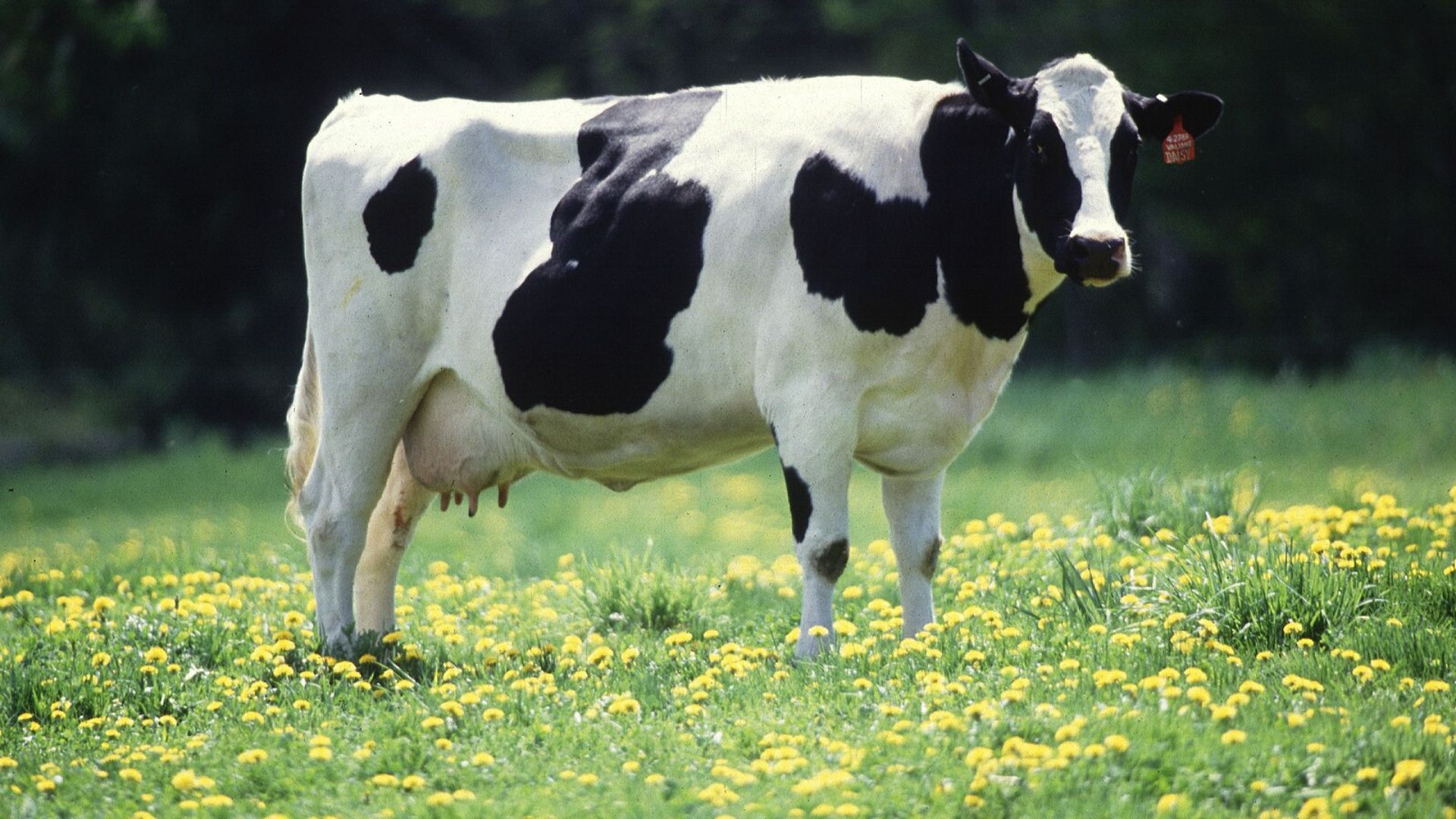
Beyond our feline friends, this current bird flu outbreak has impacted a surprising variety of mammals.
Infected species now include cows, foxes, mice, striped skunks, mountain lions, harbor seals, and alpacas. This wide host range underscores the unpredictable and pervasive nature of the virus.
Assessing the Risk to Humans
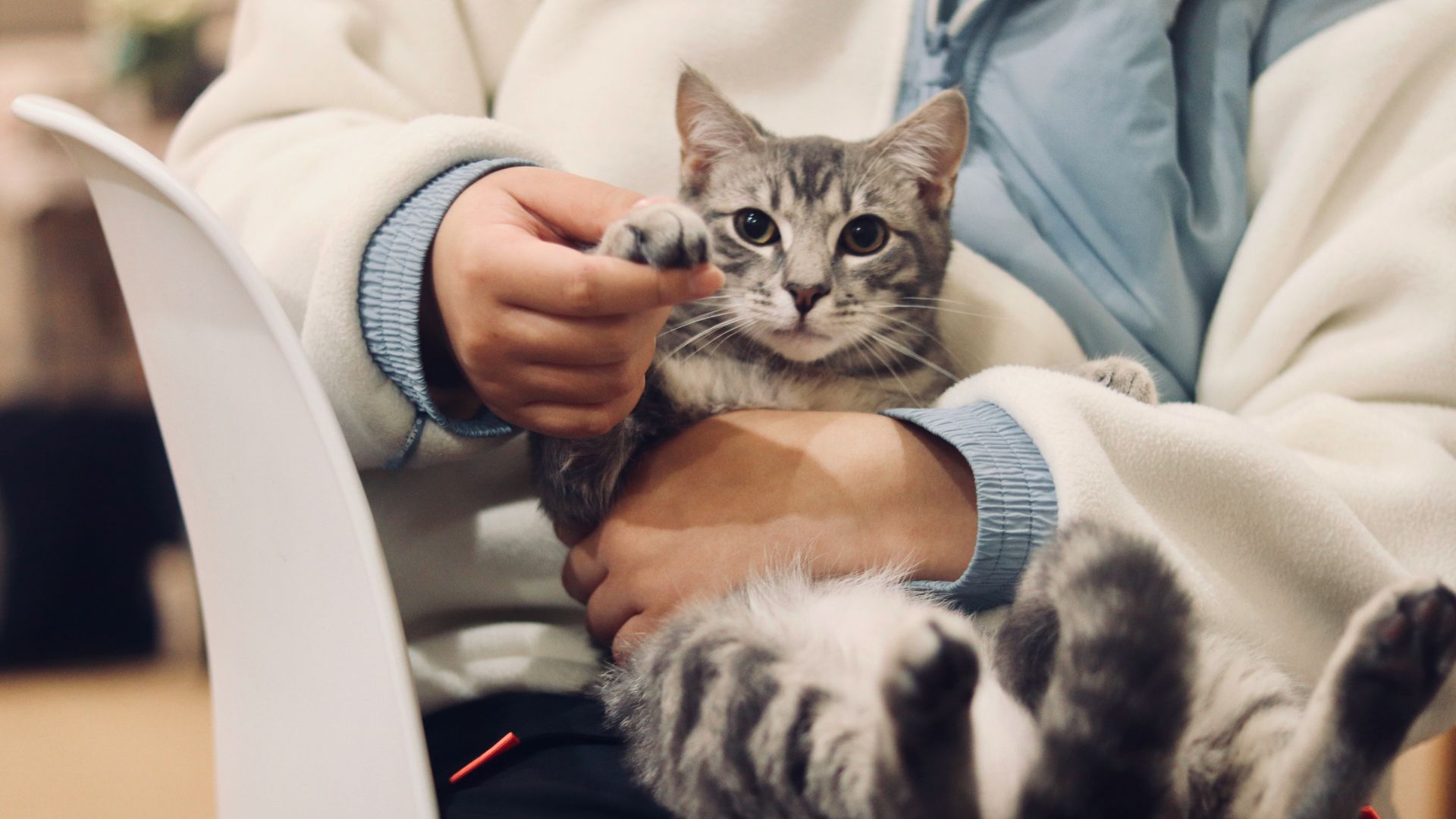
The possibility of humans contracting bird flu from pets exists, but according to the CDC, the risk remains low.
Past instances have involved direct exposure on farms, with all human cases fully recovering, which provides a somewhat reassuring perspective on the potential for human infection.
Unusual Virus Transmission on a Texas Farm

A Texas dairy farm has become a focal point for researchers studying the virus’ spread.
Cornell University scientists believe that the bird flu was transmitted to cows through contaminated food and water, highlighting the complex and unpredictable pathways of the H5N1 virus.
Meticulous Field Research Links Outbreak Across Species

Dr. Elisha Frye from Cornell University led a detailed investigation on the aforementioned farm, using an array of samples—from milk to nasal swabs—to trace and confirm the bird flu in livestock.
This comprehensive approach helped identify the interconnection between the infected animals, providing crucial insights into the outbreak dynamics.
Historical Context: Bird Flu’s Impact on Cats
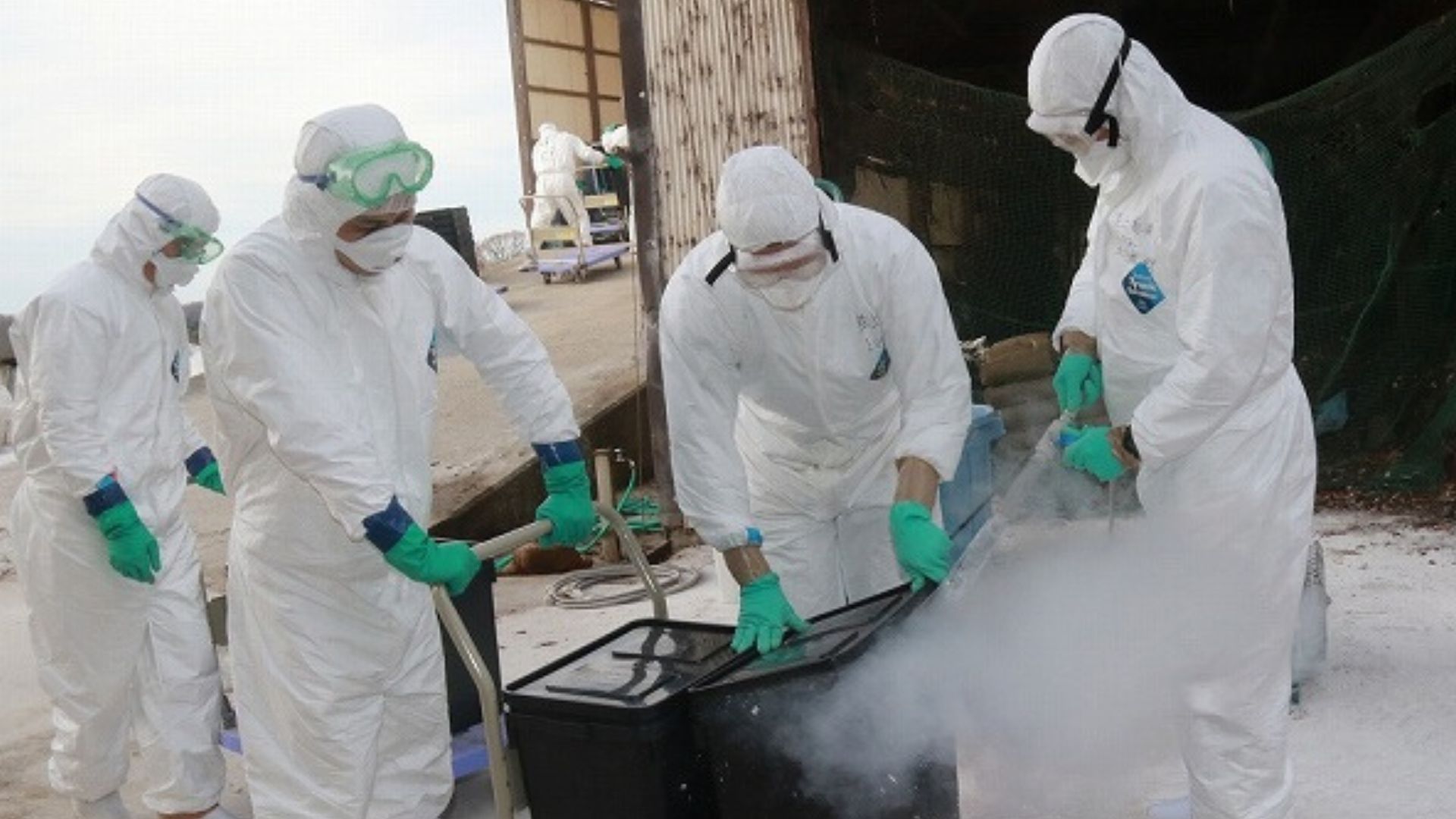
Historically, bird flu has periodically affected mammals, including household pets like cats, as noted by the CDC.
These incidents reveal that under certain conditions, the virus can transfer from birds to mammals, sparking both local and widespread concern among pet owners and public health officials.
A Cautionary Tale from New York City
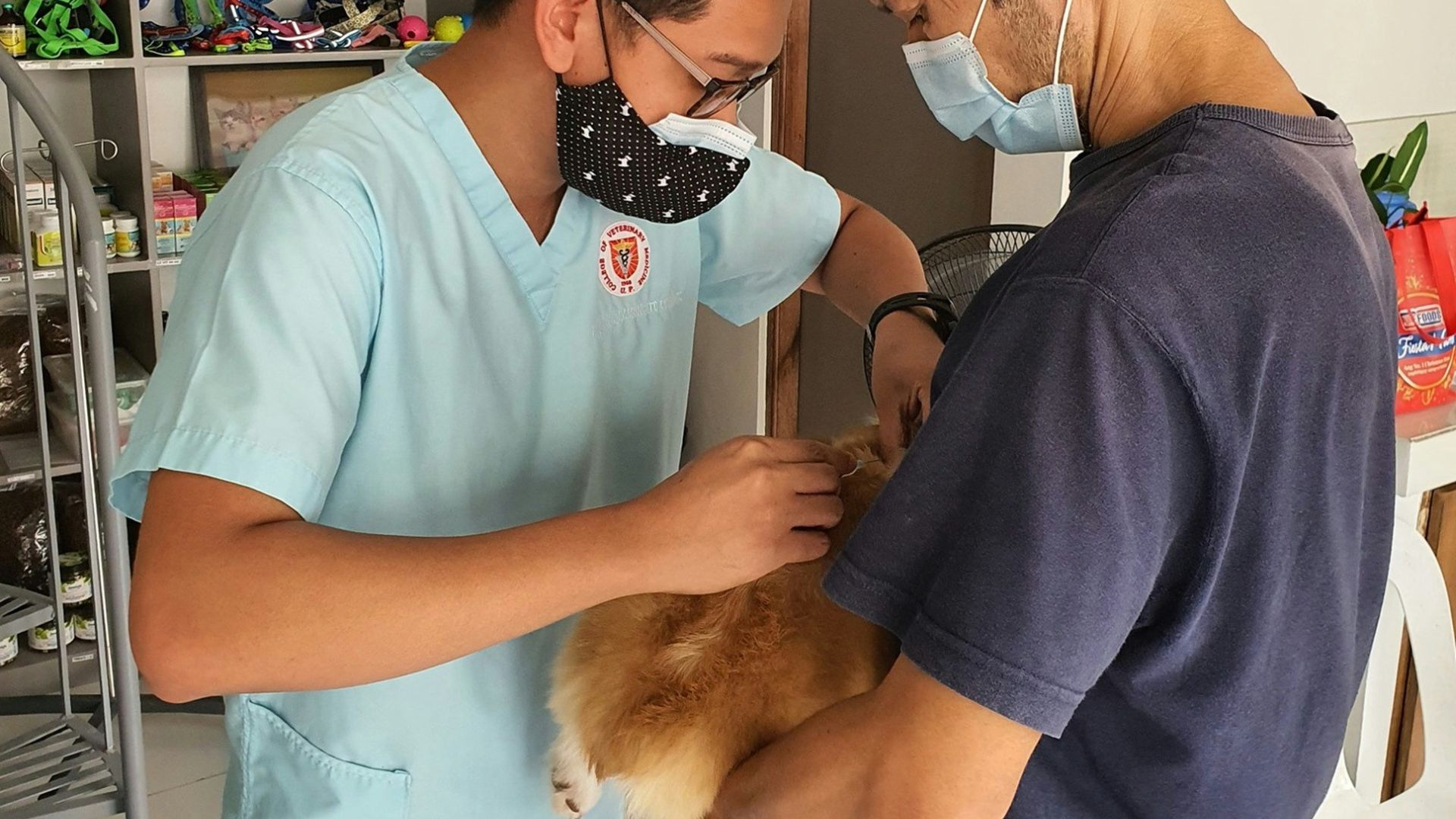
In 2016, a veterinarian in New York contracted bird flu after multiple exposures to infected cats without protective gear.
The case resulted in only mild symptoms but highlighted the occupational hazards faced by veterinary professionals working during such outbreaks.
How to Spot Bird Flu in Pets
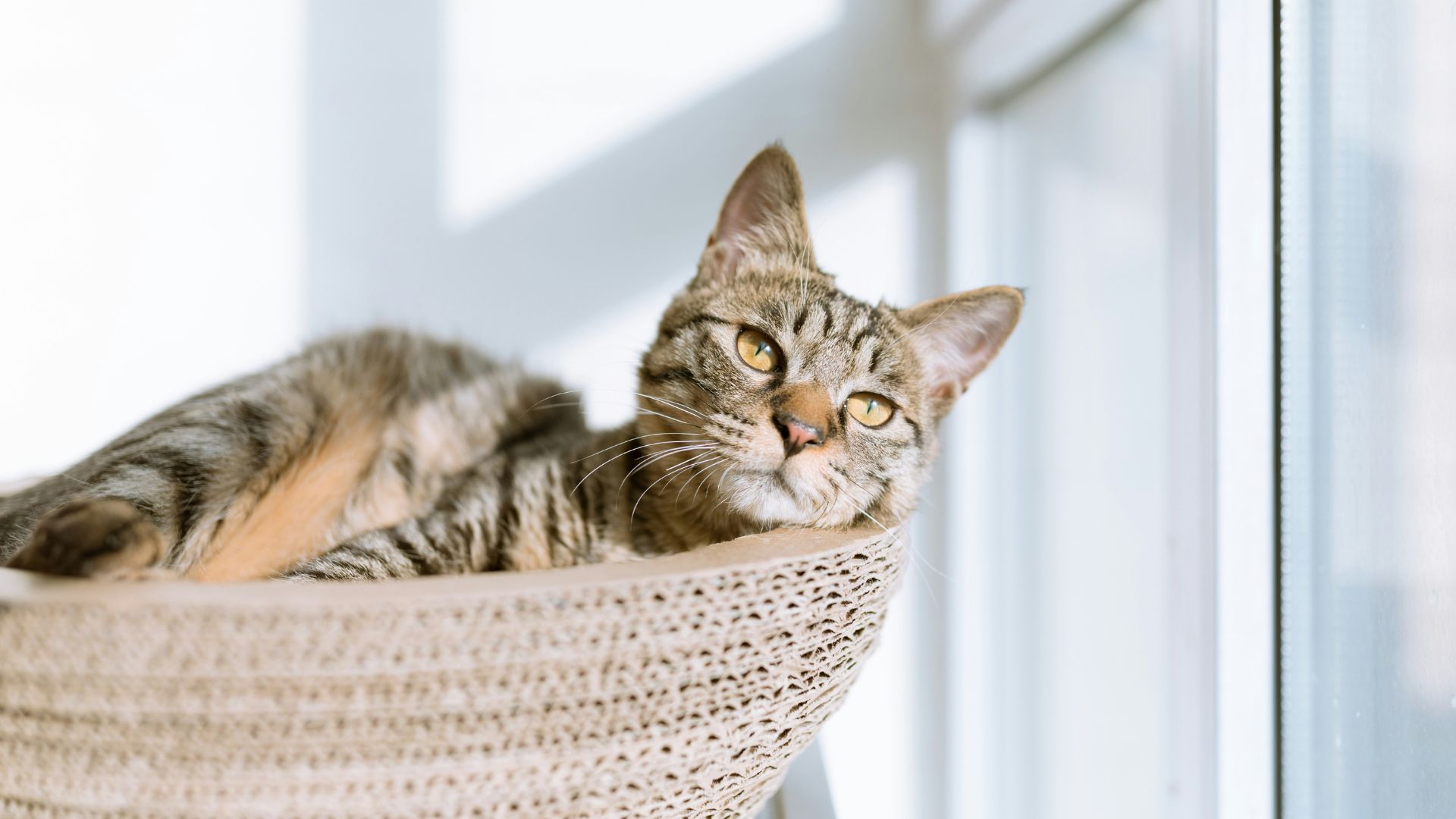
Pets, especially outdoor cats who might encounter wild birds, could display symptoms reminiscent of human flu—coughing, sore throat, and respiratory distress.
Recognizing these signs early is crucial for preventing further spread and ensuring prompt care.
CDC Guidelines for Preventing Bird Flu Spread
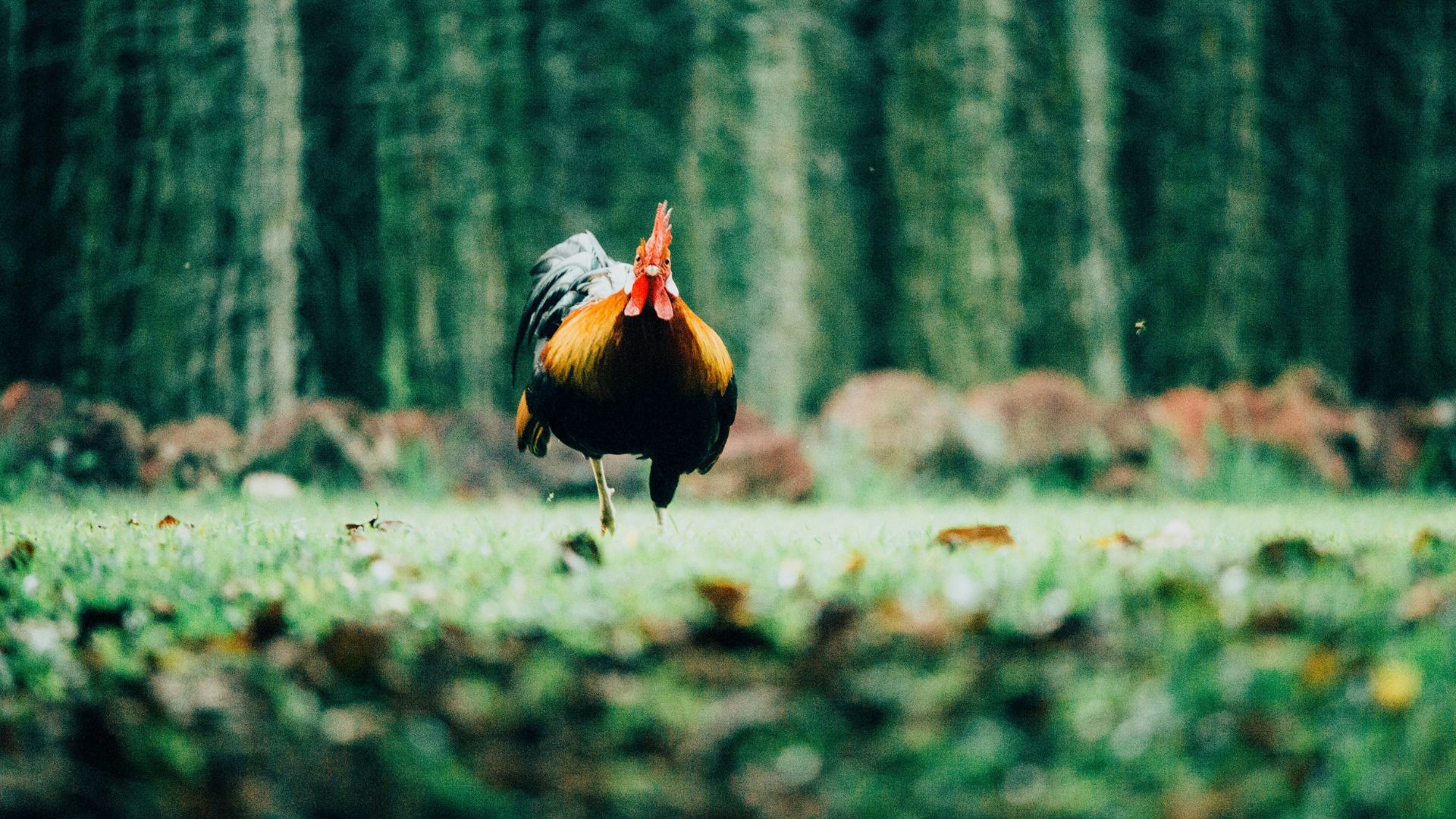
To minimize the risk of bird flu transmission, the CDC recommends avoiding direct contact with wild birds.
Observing wildlife from a distance and keeping pets away from areas frequented by wild birds can significantly lessen the chances of infection.
The Role of Protective Gear in Managing Outbreaks
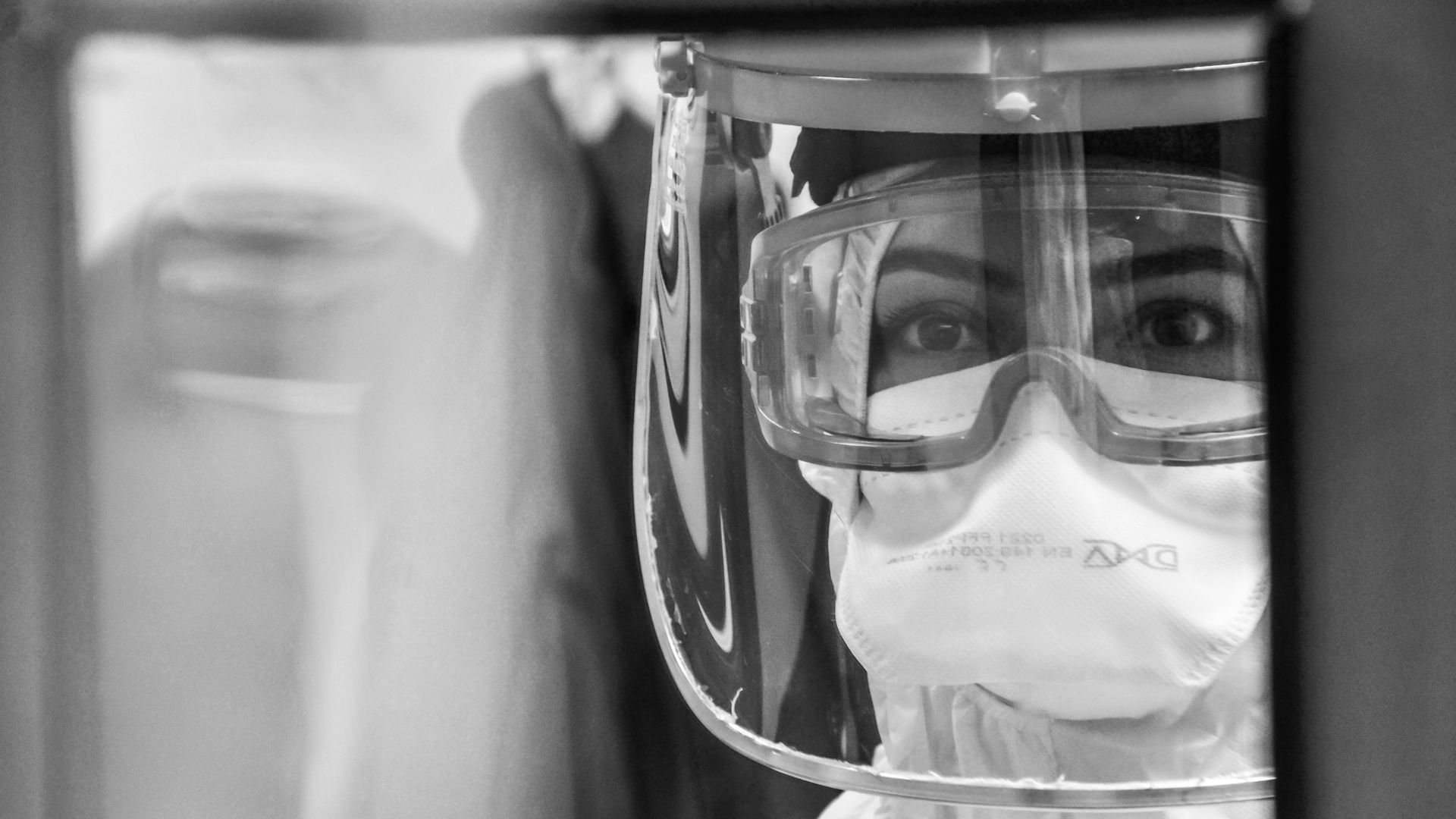
Personal protective equipment (PPE) is essential for anyone handling sick or potentially infected animals.
Proper use of PPE not only helps contain the virus but also protects individuals from direct contact with the pathogen.
Effective Hygiene Practices Against Bird Flu

Good hygiene is a key defense in the fight against bird flu.
Thorough hand washing after contact with animals or birds, along with changing into clean clothes, can dramatically reduce the likelihood of spreading the virus.
The Importance of Staying Informed

As the bird flu continues to evolve and affect different species, keeping informed about the latest developments is crucial for public safety.
Understanding the virus’ transmission modes and affected species helps communities prepare for and mitigate the impact of this and future outbreaks.
